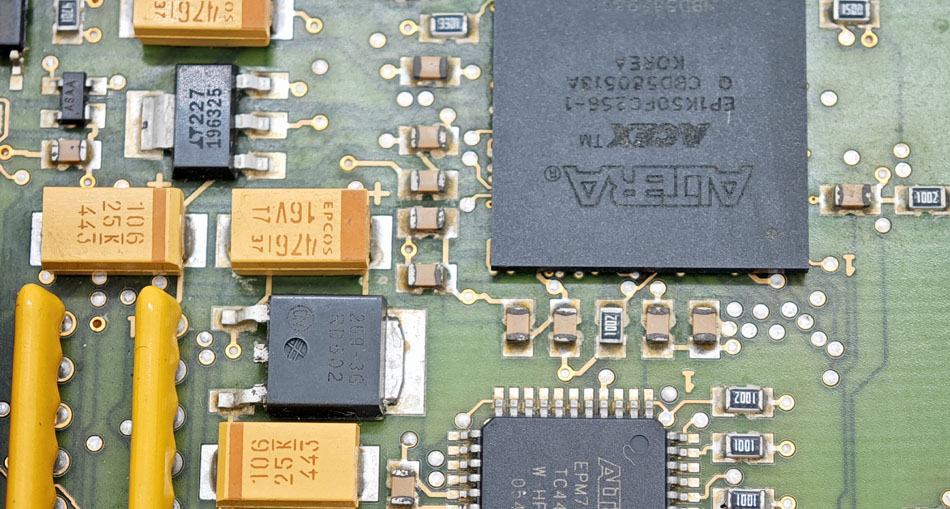- English
- Español
- Português
- русский
- Français
- 日本語
- Deutsch
- tiếng Việt
- Italiano
- Nederlands
- ภาษาไทย
- Polski
- 한국어
- Svenska
- magyar
- Malay
- বাংলা ভাষার
- Dansk
- Suomi
- हिन्दी
- Pilipino
- Türkçe
- Gaeilge
- العربية
- Indonesia
- Norsk
- تمل
- český
- ελληνικά
- український
- Javanese
- فارسی
- தமிழ்
- తెలుగు
- नेपाली
- Burmese
- български
- ລາວ
- Latine
- Қазақша
- Euskal
- Azərbaycan
- Slovenský jazyk
- Македонски
- Lietuvos
- Eesti Keel
- Română
- Slovenski
- मराठी
- Srpski језик
Hardware encryption and data security in PCBA assembly
2024-03-22
In PCBA assembly, hardware encryption and data security are very important, especially for devices that handle sensitive information or are connected to the network. Here are some key aspects and strategies regarding hardware encryption and data security:

Hardware Encryption:
1. Hardware encryption chip:
Integrate a hardware security module (HSM) or hardware encryption chip into the PCBA assembly to provide physical security and encryption capabilities. These chips can be used to encrypt data, store encryption keys and perform security operations.
2. Secure boot and authentication:
Implement a secure boot process to ensure that only trusted software and firmware can run on the PCBA assembly. Use digital signature or authentication technology to verify the legitimacy of the software.
3. Random number generation:
Integrated hardware random number generator to generate high-quality random numbers for encryption keys and secure communications.
4. Physical packaging and shell:
Designed with physical packaging and housing to protect PCBA assembly from physical attacks and cracking attempts. This can include waterproofing, dustproofing, shockproof design, etc.
Data Security:
1. Data encryption:
Encrypt data stored on PCBA, including user information, configuration files and sensitive data. Use strong encryption algorithms, such as AES, to protect data confidentiality.
2. Network communication security:
Use secure communication protocols, such as TLS/SSL, to protect communications between the PCBA assembly and other devices or servers. Avoid transmitting sensitive data in clear text.
3. Identity verification:
Implement strong authentication mechanisms to ensure that only authorized users or devices can access data and functionality on the PCBA.
4. Data backup and recovery:
Establish a regular data backup and recovery strategy to ensure rapid recovery in the event of data loss or corruption.
5. Vulnerability management:
Firmware and software are regularly updated to fix known vulnerabilities and security issues. Implement a vulnerability management strategy, including vulnerability assessment and remediation processes.
6. Auditing and monitoring:
Establish auditing and monitoring systems to track activity on the PCBA assembly, monitor potential security threats, and log security incidents.
7. Physical security:
Ensure physical security of PCBA assembly to prevent unauthorized access. Use physical security measures such as locking mechanisms, access control systems and video surveillance.
8. Safety training:
Train equipment operators and maintenance personnel on safety best practices and risks.
The above strategies and methods can help ensure hardware encryption and data security in PCBA assembly, helping to protect devices and users' sensitive information from malicious attacks and data leakage threats. Safety should be a key consideration throughout the design and manufacturing process.
-
Delivery Service






-
Payment Options









